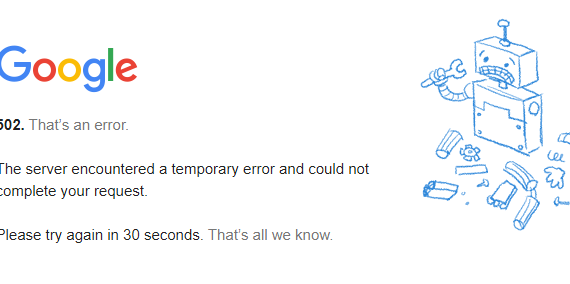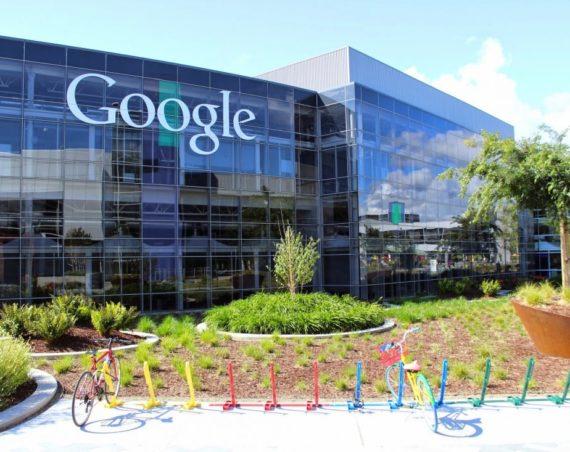
Its parent company, Alphabet, beat analyst expectations by 39 cents a share this quarter and is up more than 4 percent in after hours trading.
Overall, Google increased revenue by 21 percent over last year to $20.5 billion. Most of the money—and growth—came from advertising, which always has been Google’s main revenue stream. But the better news for Alphabet is that it’s seeing growth in other areas, like cloud computing and Google Fiber.
Seeing the company’s growth in search, you might wonder why Alphabet is even investing in things like cloud computing, virtual reality and broadband Internet. In fact, the company’s “Other Bets” portfolio, which includes Google Fiber, connected home company Nest, and founder Larry Page’s moonshots, lost about $859 million this quarter–even more than it did last quarter. Advertising, meanwhile, grew 19 percent, largely on increased revenue from mobile search and YouTube ads.
Take a closer look, though, and you’ll see something that’s bothered investors for a few years. Google’s expenses keep growing, even as the amount of money advertisers pay per click shrinks. Put another way, even though Google is garnering more advertising clicks, it’s making less on each one while spending more to get it. Investors want to see widening profit margins, especially from a company Google’s age. That explains why Google is so invested in finding other ways of making money.
Other Bets did increase its revenue to $185 million, compared to $74 million this time last year, mostly on the strength of Google Fiber. But it’s still far from profitable, and CFO Ruth Porat said during the earnings call that she expects the service to roll out gradually. In the near term, Google is counting on cloud computing.
Alphabet’s “Google other revenues” segment–not to be confused to with its “Other Bets”–includes its Google Cloud Platform services, the business-focused Google Apps line, Google Play
Meanwhile, Amazon, one of the few companies to report its cloud revenue separately, netted about $2.9 billion from its cloud services last quarter. Google is still playing catch-up even as Amazon’s business continues to grow. But it’s starting to look more competitive.


